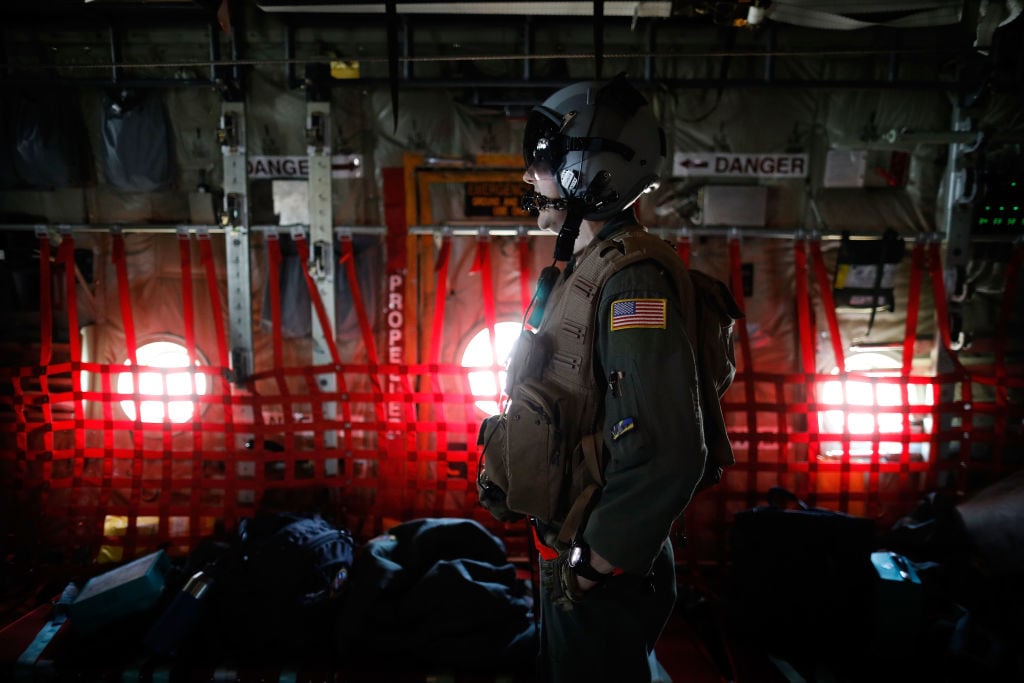WASHINGTON — In the last year, the U.S. Army has successfully repaired gaps in readiness, setting the service on its healthiest standing in years, a new report has found.
But those gains may evaporate if the budget fails to show steady growth in the coming years.
The Heritage Foundation’s Military Strength Index is an annual report that takes a deep dive into the capabilities and capacities of America’s fighting forces. The index rates each service by capability, capacity and readiness, on a 1-to-5 scale with various descriptions, such as “very weak” or “marginal.”
The comprehensive report has taken on extra influence in the last two years, as the Heritage Foundation is seen as the think tank most closely tied to the Trump administration.
Overall, the Army is assessed as “marginal,” up from its “weak” status in the previous report. That change is driven entirely by improvements in readiness, which moved from “weak” to “strong,” making that category the only positive ranking of all the American military service categories that Heritage looked at.
RELATED

In last year’s version of the index, just one-third of the 31 brigade combat teams were assessed as being at acceptable levels of readiness, with only three BCTs at full readiness. That increased to 15 BCTs at acceptable levels, with eight fully ready — better, but still below the two-thirds ready mark that the Army wants.
Part of that growth comes from the index decision to credit the service for getting four Army National Guard BCTs up to sufficient readiness levels. But overall, Dakota Wood, the editor and lead author of the index, told Defense News that he credits the service — and Defense Secretary Jim Mattis — for focusing on the issue and causing real improvements in just a year.
“Mattis comes in, during his testimony he says he was ‘shocked’ at the extent which the military had declined in readiness,” Wood said. “To me, that was a big signal.”
As a result, “the last two years you saw, it’s all about current lethality,” Wood said, noting the Pentagon is realistic about how quickly it can expand even if given unrestricted funding.
“So what I do have, we have to make sure it’s at least competent because we’re going to be called upon to go do something. It always happens. So he has really been pushing the services to improve the readiness of the forces they have, to fix broken gear, to get munitions built back up in the stores, realistic training.”
That last point is what differentiates the Army from the other services, and allowed it to improve its readiness so quickly. So much of the readiness of the other services are tied up in their systems, Wood said, whereas the Army has quickly changed the focus of its training to make it more relevant — something possible because of the dwell-deploy ratio for the Army currently allowing greater time stateside.
“Based on the capacity of the Navy and Air Force, the number of pilots and airplanes and ships, [the current] operational dynamic is more strenuous on those services,” Wood said. “And so it’s more difficult for them to catch up on maintenance, to affect the kinds of training they need and to be confident in the air.”
The challenge now: keeping that progress going at a time of growing consensus that the growth seen in the FY19 defense budget is likely to be replaced by static budgets adjusted only for inflation.
“This two-year plus-up, where we’ve seen some gains, if that isn’t sustained in 2020 or beyond, you’re going to lose whatever the goodness was that came from last year and this year,” Wood warned, while acknowledging the growing consensus in Washington that defense budgets will remain essentially flat, at best, for the next few years.
The authors of the report also repeat their belief from last year that the Army needs to aim for 50 BCTs to handle multiple potential conflicts.
Technologywise, Heritage warns of “anemic” modernization efforts in recent years, but acknowledges that the service equipment has largely been well-maintained.
While still capable, the index identifies both the AH-64D Apache, CH-47D Chinook and UH-60A Black Hawk helicopters as potential risks given their advanced ages. The M113 armored personnel carrier and High Mobility Multipurpose Wheeled Vehicle are rated as low capabilities, a concern given the M113 is not slated to be replaced until 2045. On the other side, Heritage says the service’s Gray Eagle UAVs used for intelligence, surveillance and reconnaissance are highly capable and should remain relevant for years to come.
Aaron Mehta was deputy editor and senior Pentagon correspondent for Defense News, covering policy, strategy and acquisition at the highest levels of the Defense Department and its international partners.








